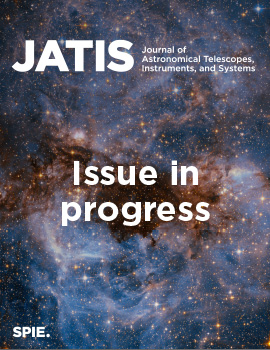Dylan Morrison-Fogel, Laura Plice
Journal of Astronomical Telescopes, Instruments, and Systems, Vol. 11, Issue 01, 011003, (September 2024) https://doi.org/10.1117/1.JATIS.11.1.011003
TOPICS: Design, Space operations, Sun, Observatories, Satellites, Stars, Equipment, Ultraviolet radiation, Statistical analysis, Chemical elements
The flight dynamics design for the Arcus Probe mission considers mission, science, and operational constraints pertaining to the launch, trajectory, science orbit, and decommissioning phases of the mission. Lunar resonance orbits offer benefits to mission operations, specifically with respect to science observations and data downlink opportunities. Post-separation implementation uses Earth phasing loops to raise and position the apogee for lunar swingby. Leveraging lunar gravity is a feature throughout the trajectory to the final science orbit, which similarly uses resonance with the Moon for maintenance. A detailed implementation approach constructs a viable solution set for the Arcus Probe mission. Trade studies assess the benefits of cis-lunar mission design for three examples of lunar resonance patterns.



 Receive Email Alerts
Receive Email Alerts